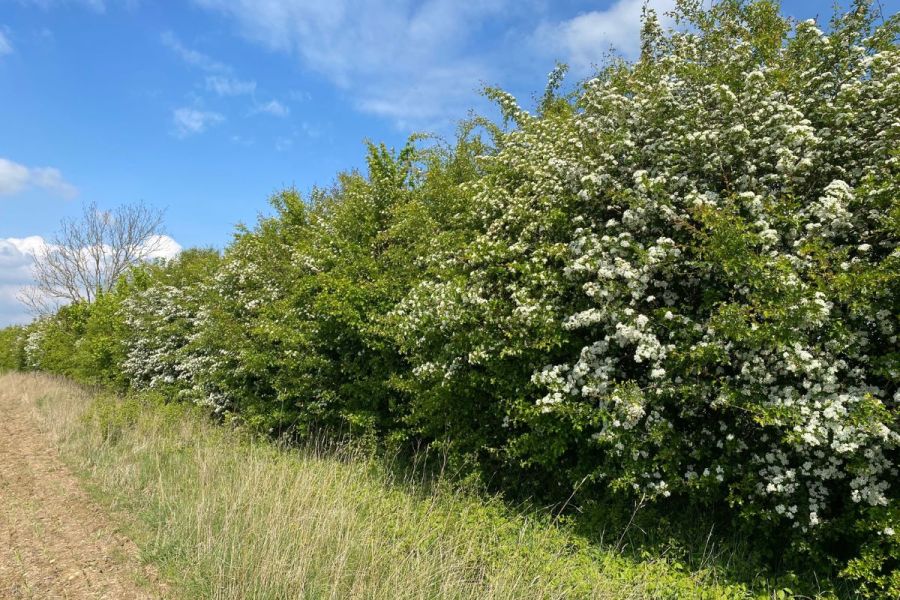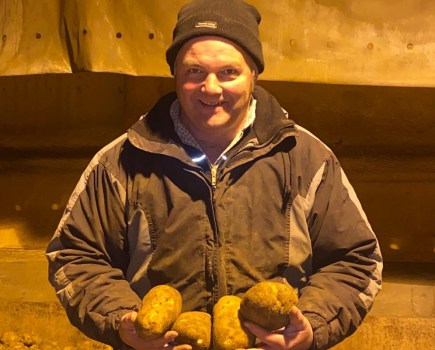By Martin Lines
Defra’s sudden closure of the SFI scheme has divided farmers into two main camps: those who’d entered the schemes and are being rewarded for delivering public goods, and those who hadn’t yet hit ‘apply’.
Those who have, will continue to be paid for what they deliver whereas those who missed out may have to wait 12–18 months to receive payments for managing the countryside and delivering public goods.
Last harvest year wasn’t a great one for many arable farmers. The impacts of climate change and poor commodity prices left many with a cash shortage moving into 2025. Combine this with the accelerated reduction of decoupled payments last autumn, and many farmers now have little opportunity to be paid and rewarded for the public goods they’re delivering. They’ll see a significant reduction in revenue coming into their business from the public purse.
The reality is, we’ve moved away from a farming budget which pays the farmers who manage the land. The current government wants to pay public money for public goods that provide environmental and climate improvements. No doubt they’ll now be looking closely at the value for money these schemes offer, and we may see certain SFI actions disappear as a result.
The ‘broad and shallow’ approach of SFI hasn’t delivered on environmental impact or farm business resilience. Consequently, SFI may look very different in its next iteration – we might find out later this year what changes have been made, but further details haven’t yet been released and the timeframe is unknown.
All farmers have to get the best return from their investment in growing crops; those not in schemes will have to look very closely at production costs to get the best return, especially in unproductive areas of the farm. Equally, the option to take these areas out of crop production and put them into environmental stewardship is no longer available.
But is it viable to crop some of these areas when the forecast budget with high input costs and low returns shows a negative income? Will these areas earn us any money for all of the hard work invested? Several supply chains offer payments for regenerative actions, but these are usually for growing areas not for areas taken out of production.
Government decisions affect every farmer and farm differently. It’s therefore critical that every individual acts on this announcement and understands what it means for their land; we must plan ahead, as these decisions won’t be overturned no matter how angry we get.
With a changing climate and water management increasingly impacting farming, I don’t think it’ll be the government that we’ll lean on to support our industry, but the supply chain, as they begin to understand the growing risks to product availability – they also have their own green targets to meet.
Longer contracts that protect from the risks of fluctuating input costs, poor market returns and climate impacts will have to come from the supply chain, or many farmers may choose to not invest in the capital infrastructure to produce crops in the future.
Difficult financial choices and a perceived lack of stability and trust are why many farmers are angry with the government and Defra. But, the previous government didn’t prioritise farming either!
The only way to influence the future is through constructive dialogue and engagement. It’s critical that we clearly demonstrate the value of the public goods we deliver to both the Treasury and society – now and into the future – or risk losing that pot of money.
If we could channel our frustrated energy into positive engagement and focused efforts towards a fair deal from the marketplace, supply chain and society, we would have an industry better equipped for the future.
This article was taken from the latest issue of CPM.
For more articles like this, subscribe here.
Sign up for Crop Production Magazine’s FREE e-newsletter here.




